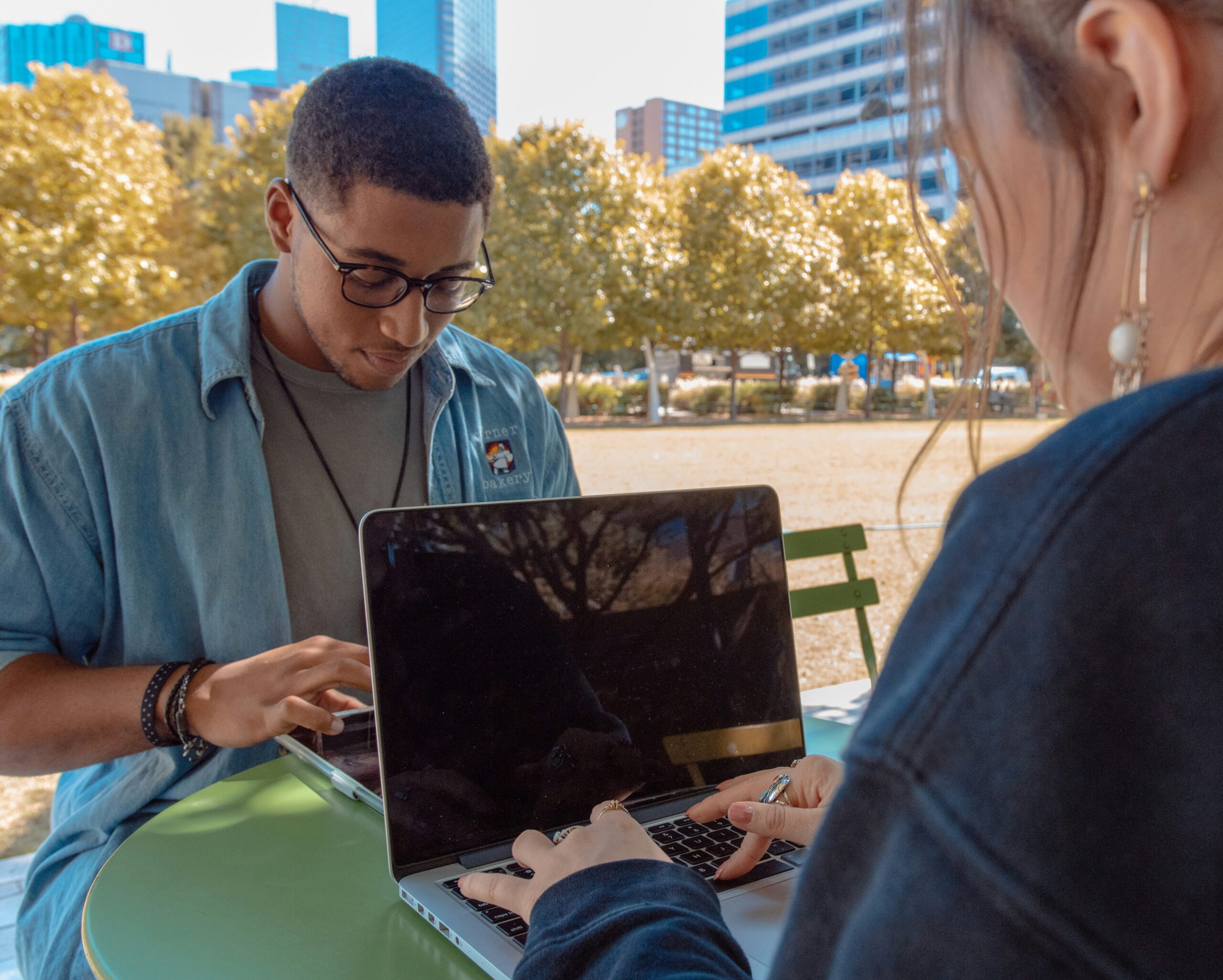In our modern world, screens have become an integral part of young people's lives. Overconsumption of these technologies can be a source of mental and physical problems. Precaution and prevention are therefore essential to avoid any excesses linked to overexposure. Here are a number of ways to promote balanced use of screens, and strategies to help young people make autonomous and safe use of these devices.
How can we promote good screen use among young people?
Proper use of screens
Jean-François Céci, in his work on learning about and through digital technology, stresses the importance of educating the younger generation to use digital technology wisely, by integrating digital technology constructively into education (Digital learning) REF [^1^]. The aim is to strike a balance between the beneficial use of screens in daily life and the promotion of healthy alternative activities. According to an Ipsos survey conducted in January 2023, children spend an average of 1h19 a day in front of a screen during the week, and 2h07 at weekends.
Use screens in a balanced way
Balancing the use of digital media means defining screen-free times. Activities that stimulate creativity, social interaction and physical development should be favored. It is also beneficial to establish daily routines where technology is deliberately set aside. Quality family time or quiet periods for relaxation and personal reflection will then be instituted. This underlines the importance of relationships for the development of social skills.
Digital tools to support young people
Carefully selected educational digital tools enrich learning. Key skills can be developed in young people, provided their use is supervised and intentional. Integrating these devices into a well-thought-out pedagogical framework not only diversifies learning methods, but also prepares young people to surf the digital waves critically and creatively.
What are the dangers of overexposure to screens for children and teenagers?
Health risks for young people
Long exposure to screens is associated with various health risks, such as sleep disorders, obesity and vision problems. These potential dangers call for increased vigilance on the part of parents and educators. Regular physical activity and off-screen leisure activities serve to counterbalance these effects and promote a healthier lifestyle.
The effects of overconsumption of screens on development
During adolescence, excessive use of digital devices can have a negative impact on young people's cognitive and emotional development. This limits their ability to interact effectively in non-digital environments. It's important to encourage young people to develop social skills away from screens, through face-to-face interaction and group activities.
Preventing and managing screen addiction in adolescents
It's vital to recognize the signs of problematic use of connected devices. Adopting preventive strategies to avoid addiction, such as setting clear limits on use and promoting diversified interests, is then necessary. Participation in rewarding activities that offer gratification in the real world can reduce the risk of addiction to these tools.
How can we protect children from the dangers of the Internet, social networking sites and video games?
Establish rules and limits for screen use
Establishing clear and consistent rules regarding screen time and the types of content accessible is fundamental to protecting young people. Parents will need to tailor these rules to the age, maturity and individual needs of their children or teenagers.
In 2008, psychiatrist Serge Tisseron developed the 3-6-9-12 rule to help adults, especially parents. It states that no screens before the age of three, no personal games consoles before the age of six, no accompanied Internet use before the age of nine, and no Internet use alone before the age of twelve (or before starting secondary school).
Prevent cyberbullying and the dangers of social networking
Educating children and teenagers about the risks of cyberbullying is fundamental. Encouraging them to adopt respectful online behavior are key steps to making their digital experience safe. Creating a trusting environment where young people feel comfortable sharing their online experiences with adults can help to identify and spot cyberbullying problems early on.
Helping young people use video games responsibly
Video games, when used responsibly, offer opportunities for learning and development. However, adults need to monitor their content and encourage young people to think critically about the messages and values conveyed through their play experiences.
What role can parents and professionals play in helping young people use screens?
Tips to help parents understand the importance of parental control
Parents need to be informed about the parental control tools available, and encouraged to talk openly with their children about their digital consumption. The use of these tools should not replace dialogue and trust, but rather serve as a complement to conscious and thoughtful digital education.
Collaboration between parents, teachers and healthcare professionals
A collaborative approach involving parents, teachers and healthcare professionals is needed to develop coherent strategies for supporting young people in the face of these challenges. This collaboration can also provide a wider support network for teenagers. It will provide them with the resources they need to navigate the digital world safely and ethically.
Encouraging dialogue and the sharing of experience to improve screen management
Dialogue between parents and children about digital experiences, and the sharing of tips and strategies between families, contribute to more effective management of the consumption of connected devices. Community forums, educational workshops and support groups can be valuable spaces for exchanging ideas and experiences. This will strengthen young people's resilience in the face of digital challenges.
In conclusion
Supporting young people in their use of screens requires a balanced approach that integrates education, prevention and dialogue. By implementing strategies based on research and collaboration, we can promote screen use that fosters young people's autonomy and safety.
Disclaimer
This article is based on studies and data available up to the date of writing. Parents and educators are encouraged to keep abreast of the latest research to adapt their approaches to the changing digital landscape.
Reference
REF [^1^]. Céci, J.-F. "Learning about and through the digital: training the younger generations in the right use of the digital." Link
